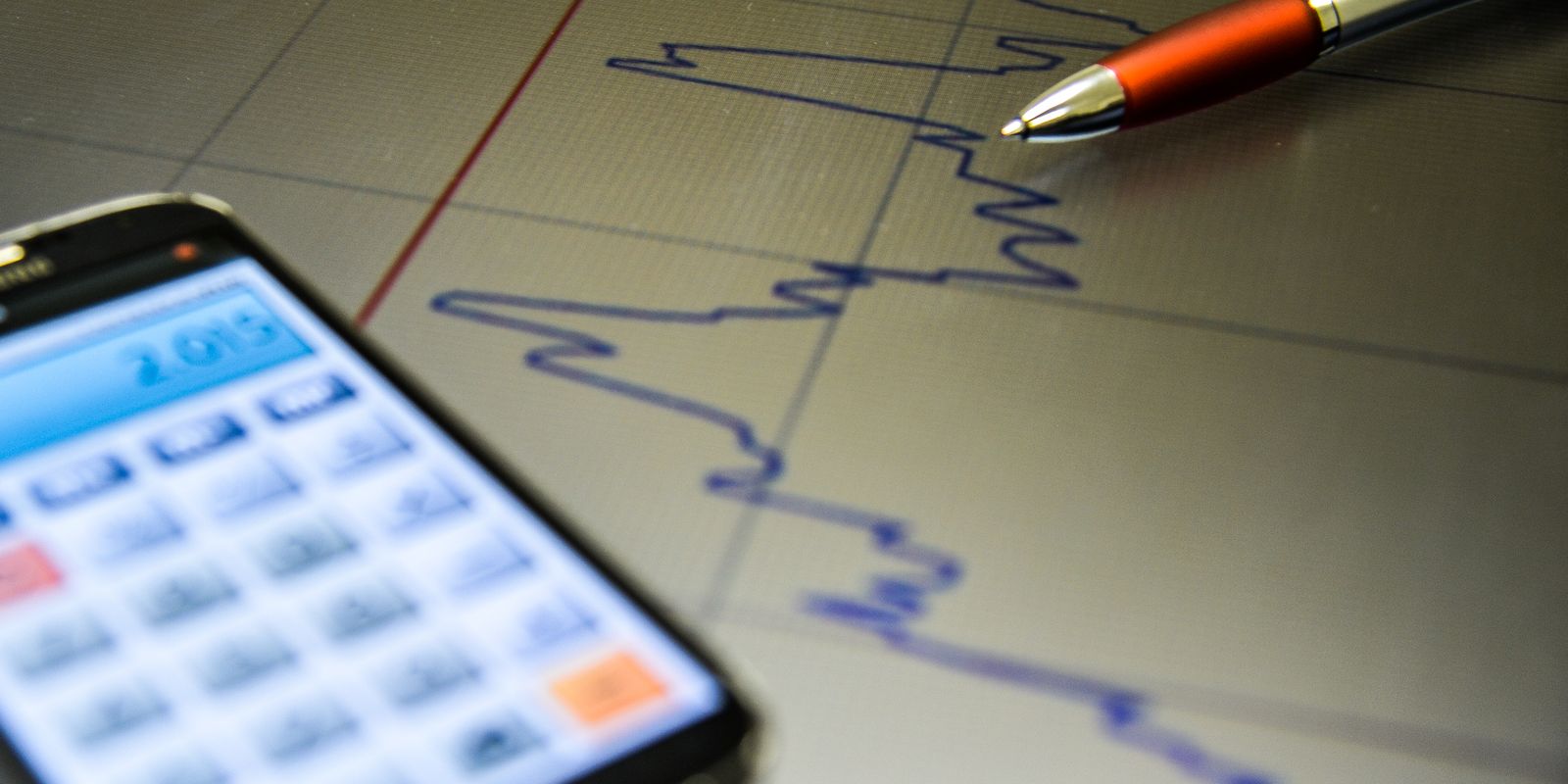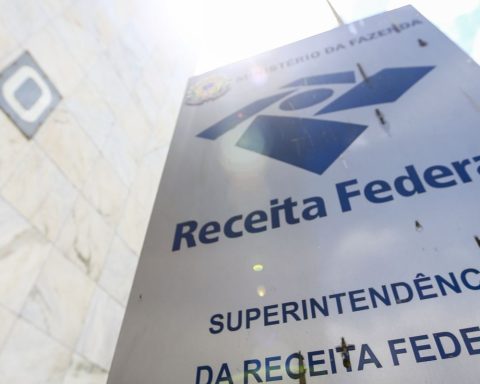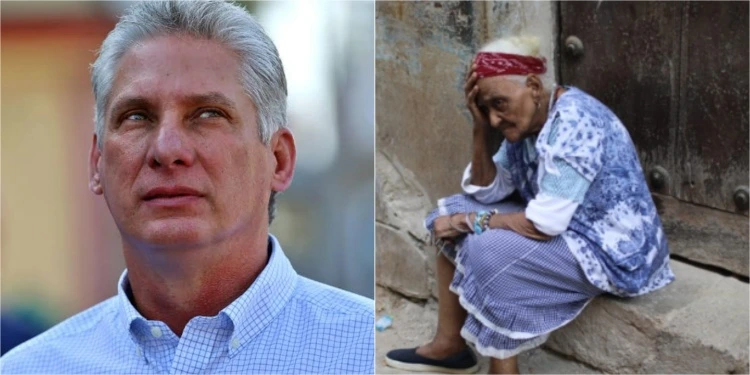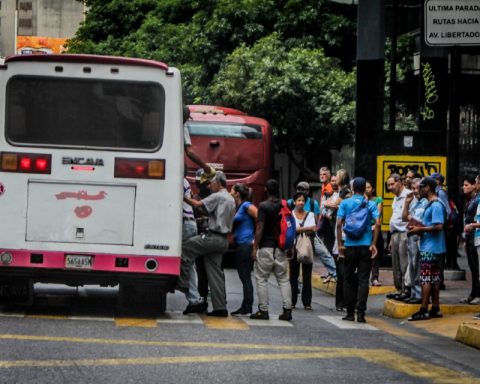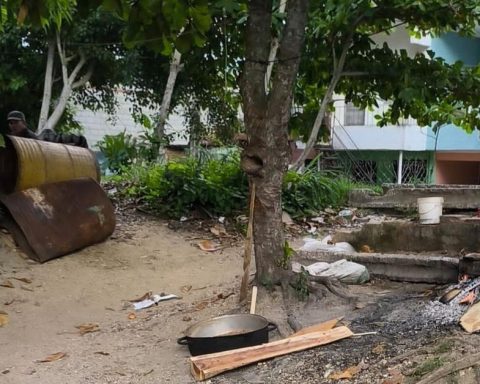The Ministry of Development, Industry, Commerce and Services (MDIC) launched, this Wednesday (16), the InvestVis platform, which allows the general public to consult information about investments made in Brazil and around the world.
Using the tool, Internet users can find out which countries invest the most in Brazil, the economic sectors that receive the most foreign investment, where Brazilian investments go, in addition to global investment trends.
According to the MDIC, the unprecedented platform in the country facilitates the monitoring of investment dynamics and could contribute to directing government actions and making strategic investment decisions in the private sector, based on data.
The vice-president and minister of Development, Industry, Commerce and Services, Geraldo Alckmin, said in your social networkthat InvestVis is a valuable instrument for companies, public policy makers, researchers, journalists and everyone interested in Brazil’s economic development.
“Brazil has demonstrated great potential to attract international investments. We are among the five countries that received the most these resources, in 2023, and we continue to advance this year. This is essential for the growth of our economy and the creation of jobs.”
InvestVis
The tool – created by the Chamber of Foreign Commerce (Camex) of the Ministry of Development, Industry, Commerce and Services – allows access, on a single websitedata on Foreign Direct Investments (FDI) made in Brazil and around the world, since the beginning of the historical series. It is still possible to make comparisons between nations.
Camex explains that the data comes from different public sources, such as the Central Bank of Brazil; from the United Nations Conference on Trade and Development (Unctad), from the International Trade Center (ITC) and, therefore, the update of InvestVis depends on the availability of new data from the original sources.
The collected data is organized and presented on the website in an accessible way to simplify access, visualization and understanding of the data for users.
The new tool allows users to explore information, with the possibility of customization, and make international comparisons, depending on their interest.
The available filters can, for example, customize the analysis period, countries of interest, period, investments by federation unit and even by municipalities. The platform also allows you to survey the current situation of investments — and stocks, which correspond to the values accumulated in a given period.
Data from Brazil
In relation to national data, the InvestVis platform points out that, in 2023, Brazil was among the five countries that received the most foreign direct investments.
The services sector received 67.1% of total foreign investment. And the industry was responsible for 18.2% of the amounts invested.
Last year, the United States (USA) was the country that invested the most in Brazil, with 25.8% of the resources entering the country. Next come the Netherlands (13.3%) and the United Kingdom (11.1%).
Regionals
The Investment Map of the International Trade Center (ITC) shows that the state of São Paulo concentrates 49.8% of foreign companies in Brazil, with 5,965 branches. Next are Rio de Janeiro and Minas Gerais, with 9.8% (1,169 branches) and 7% (840), respectively.
According to the same Investment Map, the Southeast concentrates the largest volume of branches of foreign companies in Brazil, with 68.2% of the total, followed by the South regions, with 14.7%; Northeast, with 8.7%; Midwest, with 5.5%; and North, with 3%.
In the world
The platform’s international tab indicates that the United States is the largest investor and also the largest recipient of foreign direct investment flows.
China, on the other hand, increased the investment received by almost eight times between 1990 and 1993 and went from 12th place to second place in the ranking worldwide. Placement currently maintained, upon receipt of foreign investments. In 2020 alone, China reached first place as an investment destination in the world.
The platform also allows you to identify, for example, that, over the last few decades, there have been changes in the dynamics of global investments. Developed economies, which in 1990 received 83.6% of all investments, increased to 34.8% in 2023. On the other hand, developing economies, which received 16.4% of FDI in 1990, increased to represent 65.2% of the FDI inflow in 2022.
Service
The MDIC made available in your YouTube channel the tutorial to understand how the platform works.
To see more information about the tool, simply click here.
